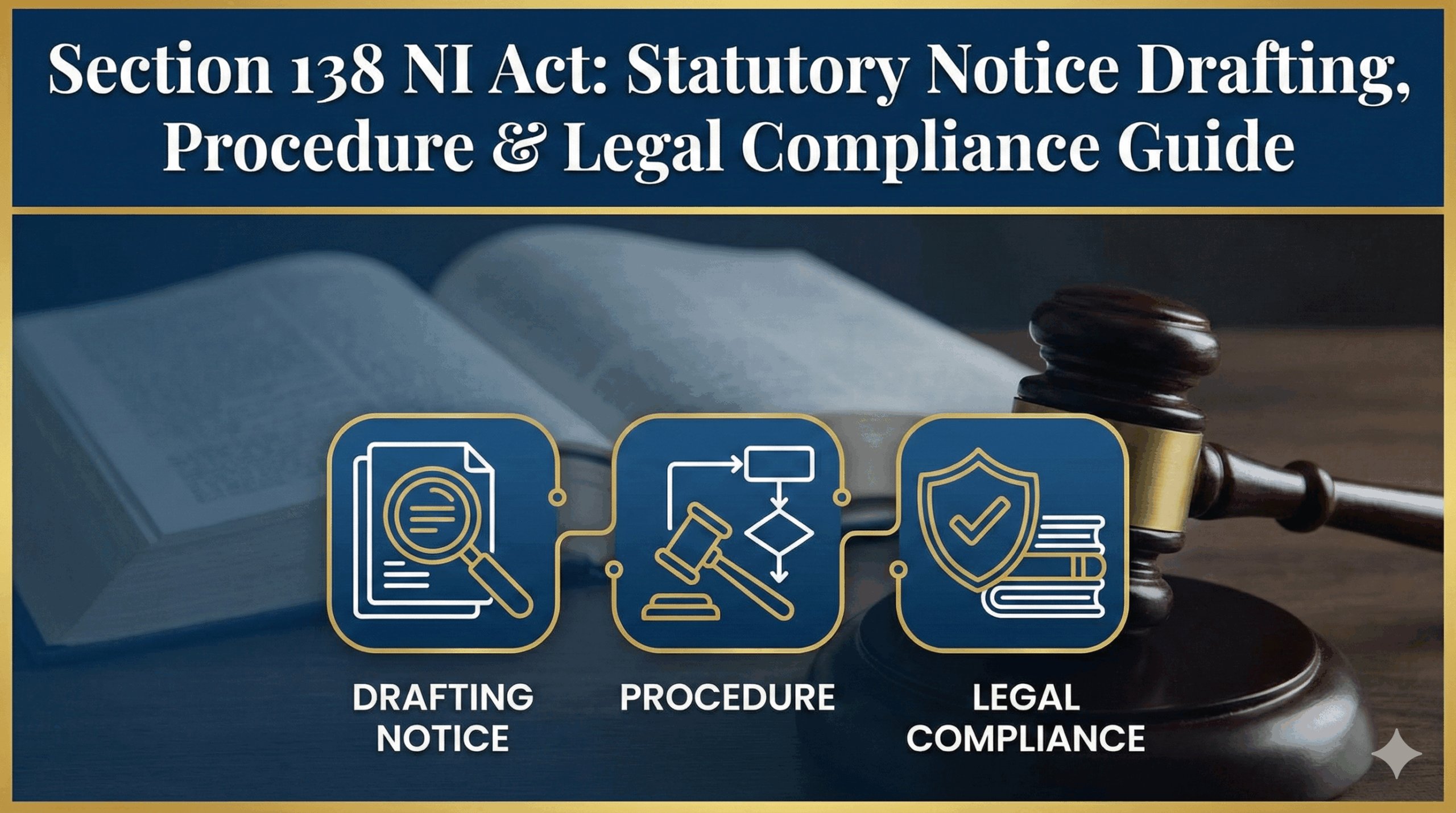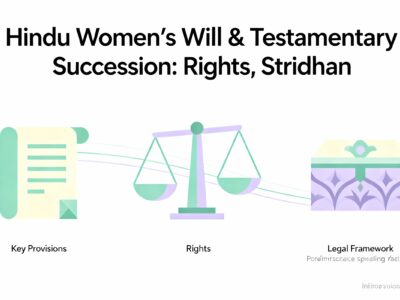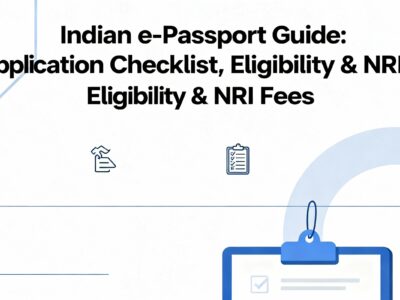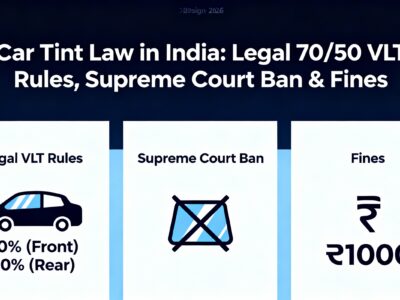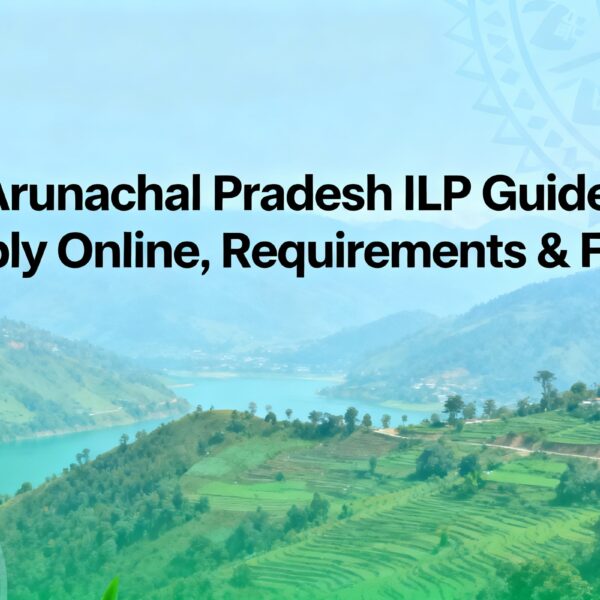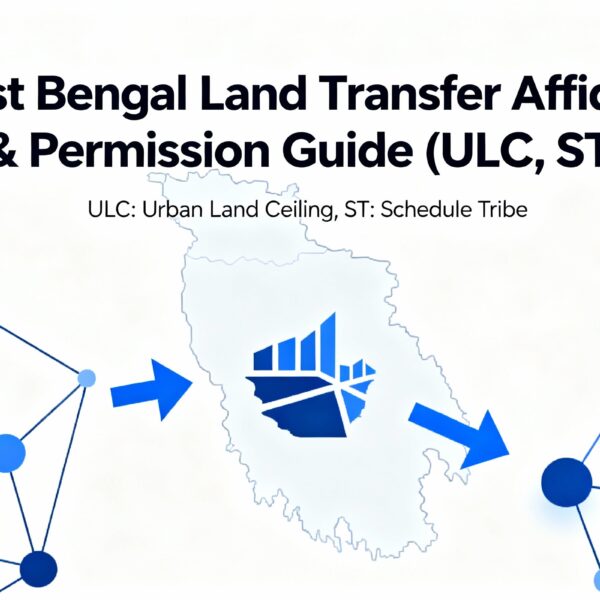Employer Background Verification in India: Candidate Guide to BGV Checks, & Due Diligence
Accepting a new job in India is more than a career move; it’s a significant life decision that demands rigorous due diligence. The formal Background Verification (BGV) process is a standard final step for most companies, but the truly strategic candidate inverts the model: they conduct a “reverse BGV” on their potential employer long before signing an offer letter.
This comprehensive 2025 guide is your toolkit for mastering both sides of the verification process. We will walk you through preparing for the official BGV checks—with a critical focus on your PF history and document readiness—and empower you to investigate a company’s financial stability, culture, and long-term viability. By the end of this guide, you will be equipped to avoid common pitfalls and make a confident, fully informed career decision.
Background Verification in India
The Candidate's Due Diligence Toolkit: A Comprehensive Guide to Employer Background Verification
Accepting a job offer is one of the most significant financial and personal decisions a professional will make. This guide inverts the traditional hiring paradigm, reframing the job search as an active, strategic investigation—a "reverse background verification"—where you, the candidate, are the chief investigator.
Table of Contents
- Part I: The Strategic Framework for Company Evaluation
- Part II: Assessing Corporate Viability and Market Position
- Part III: The Human Element: Culture, Leadership, and Your Future Team
- Part IV: The Opportunity Itself: Role, Growth, and Compensation
- Part V: Advanced Due Diligence: Uncovering Legal and Reputational Risks
- Part VI: Synthesizing Your Findings & The Final Gut Check
- Conclusion: The Interactive Decision Matrix
Part I: The Strategic Framework
Section 1: Defining Your Non-Negotiables
Effective due diligence starts with a clear, personalized benchmark. Before scrutinizing a company, you must first conduct a thorough self-assessment to define the criteria against which all opportunities will be measured. This transforms the evaluation from a generic checklist into a strategic exercise in career architecture.
Interactive Career Blueprint
Rate the importance of each area to visualize your professional priorities.
Section 2: The Due Diligence Funnel
A comprehensive investigation is time-intensive. A structured, phased approach aligns the depth of your research with the stage of the hiring process, optimizing your effort by focusing on high-level screening initially and reserving the most intensive investigation for when a tangible offer is on the table.
The Due Diligence Funnel
Phase 1: Pre-Application Screening
(30-60 mins per company)
Phase 2: Interview Preparation
(2-4 hours)
Phase 3: Post-Offer Deep Dive
(4-10+ hours)
Part II: Assessing Corporate Viability
A fantastic culture and a compelling role are meaningless if the company is on the brink of financial collapse. This section provides the analytical tools to assess the fundamental health of the business, its position within the competitive landscape, and its forward-looking trajectory.
Section 3: Decoding the Business
Before delving into financial metrics, it is essential to understand the company's core identity and strategy. Deconstruct its narrative, understand its revenue engine ("How does this company actually make money?"), and map its position relative to competitors.
Section 4: Financial Forensics
Assessing the financial health of a potential employer is a direct measure of job security. The methodology for this investigation differs significantly depending on whether the company is publicly traded or privately held.
Public Companies
- Primary Source: SEC EDGAR (U.S.), MCA Portal (India).
- Key Docs: Form 10-K (Annual), Form 10-Q (Quarterly).
- Analysis: Look for revenue growth, profitability, and positive cash flow.
Private Companies
- Sources: Crunchbase, PitchBook, press releases.
- Techniques: Estimate revenue per employee, analyze funding rounds.
- Warning: Data is often limited and requires investigative work.
Master Data Sources Comparison
| Data Source | Best For | Cost | Expert Tip |
|---|---|---|---|
| SEC EDGAR | Public Companies (U.S.) | Free | Focus on the MD&A section in the 10-K for candid risk assessment. |
| MCA Portal (India) | Private & Public Indian Companies | Paid (per report) | Check annual returns and financial statements for revenue and profit data. |
| Crunchbase Pro | Startups & Private Tech | Freemium | Use the "Tech Layoffs Tracker" for current data on workforce reductions. |
| Glassdoor | Culture & Compensation | Free | Filter reviews by job function and recency. Employer responses are revealing. |
| eCourts (India) | India Legal Risk Assessment | Free | Search by "Petitioner/Respondent Name" using the company's legal name. |
| Team, Manager, & Growth Paths | Freemium | Track career progressions of former employees to assess internal mobility. |
Section 5: Reading the Tea Leaves
A company's recent funding and layoff activities offer a dynamic, forward-looking view of its health. A "down round" (raising money at a lower valuation) or recent layoffs are significant distress signals that require deeper investigation.
Layoffs as a Distress Signal
Use tools like the Crunchbase Tech Layoffs Tracker and Google Alerts to monitor for workforce reductions. Context is key: was it an industry-wide trend or specific to the company's poor performance?
Part III: The Human Element
The daily work experience is defined not by revenue charts but by the people, values, and unwritten rules that constitute its culture. A misjudgment in this area can lead to a role that is professionally and personally untenable.
Section 6: Beyond the Buzzwords
Company culture is "what it's actually like to work there." Seek tangible evidence to validate claims of being "collaborative" or "innovative." The gap between what a company *says* and what employees *experience* (the "Say-Do Gap") is a direct measure of its authenticity.
Section 7: Mastering Glassdoor
Approach anonymous review sites as a raw dataset requiring systematic analysis. Filter reviews by job function and recency, and look for recurring themes—not single anecdotes. A company's response to negative reviews is often more telling than the review itself.
Section 8: Evaluating Leadership
An organization's culture is a direct reflection of its leadership. Research the C-suite's background and tenure. Most importantly, have a direct conversation with your future manager to understand their leadership style and expectations.
Section 8.5: Network Intelligence
The most valuable insights come from direct conversations with current and former employees. This is not about clandestine operations, but professional networking to gather on-the-ground intelligence that is not available in public records.
The Network Intelligence Workflow
- Identify Contacts: Use LinkedIn to find 2-3 current and 1-2 former employees in similar roles or teams.
- Craft Outreach: Send a brief, professional message requesting a 15-minute "virtual coffee chat" to learn about their experience.
- Prepare Questions: Focus on open-ended questions about team dynamics, management style, and the biggest challenges and rewards of their role.
- Cross-Reference: Compare the information from these conversations with public data (like Glassdoor reviews) to form a complete picture.
Part IV: The Opportunity Itself
This micro-level investigation ensures that the opportunity not only exists within a stable and positive environment but also directly serves your personal career and financial objectives.
Section 9: Deconstructing the Role
Look past the job description. Ask your hiring manager to clarify the role's true scope and how success will be measured. One of the most insightful questions is, "Why is this position open?" The answer—whether it's a new role or a backfill—provides crucial context.
Section 10: Mapping Your Future
A job is an investment in your future. Don't settle for vague promises of "growth opportunities." Ask for specific examples of internal promotions and use LinkedIn to track the career paths of former employees who held a similar role.
Section 11: Total Rewards Analysis
A thorough analysis goes beyond base salary to evaluate the entire "total rewards" package. Benchmark each component against market standards to understand its true value.
Sample Total Rewards Breakdown
A high base salary can be misleading if benefits and bonuses are subpar.
Section 11.5: Decoding Your Offer Letter
In India, the offer letter and compensation structure can have unique components. Pay close attention to the breakdown of your CTC (Cost to Company).
- Gratuity: A statutory benefit payable after 5 years of continuous service. If it's part of your CTC, it's not a cash component you'll receive monthly.
- Employer's PF Contribution: This is a mandatory contribution and part of your CTC, not extra pay.
- ESOPs (Employee Stock Ownership Plans): Especially in startups, understand the vesting schedule, strike price, and the company's current valuation to assess their real-world value.
- Variable Pay: Clarify if the variable component is guaranteed or performance-linked, and what the historical payout percentage has been.
Part V: Advanced Due Diligence & BGV Readiness
Section 12: The Anatomy of a BGV Check in India
Before you are verified, understand what is being verified. Most companies in India use third-party agencies that perform a standard set of checks. Being aware of this process helps you prepare your documents and avoid last-minute surprises.
Address Verification
Verifies your current and permanent addresses, often through a physical visit or digital proof submission.
Criminal Record Check
Checks for criminal history using police records and court databases.
Education Verification
Contacts your university/college to verify your degree and graduation dates.
Employment Verification
Contacts previous employers' HR to verify your tenure, designation, and reason for leaving.
Section 13: The Critical PF History Check
In India, your Provident Fund (PF) history is a primary document used by BGV agencies to verify your employment tenure. Discrepancies in your PF records are one of the most common reasons for a negative BGV report. Proactive verification is non-negotiable.
Your Personal PF Audit Checklist
- Download PF Passbook: Access your complete service history from the EPFO portal.
- Verify Dates: Cross-reference the Date of Joining (DOJ) and Date of Leaving (DOL) for EVERY past employer against your offer and relieving letters.
- Check for Overlaps: Ensure there is not a single day of overlap between your DOL at one company and your DOJ at the next. This is a major red flag for "dual employment."
- Correct UAN Details: Ensure your name, date of birth, and Aadhaar details are consistent across your UAN and other official documents.
- Action on Discrepancies: If you find an error, immediately contact the HR department of the previous employer to have it rectified. Do not wait for the BGV agency to find it.
Section 14: Uncovering Legal & Reputational Risks
This final, often-overlooked step can uncover major red flags. A pattern of litigation, particularly around employment law, provides objective evidence of systemic cultural problems. Use public resources like PACER (U.S.) and the eCourts Portal (India) to research a company's legal history.
Part VI: Synthesizing Your Findings
Section 15: The Red Flag / Green Flag Summary
Organize your findings into a simple summary table. This visual aid helps to clarify complex data and prevent decision paralysis by highlighting the most critical factors at a glance.
Green Flags
- Consistent revenue growth
- Positive, recent employee reviews
- Clear evidence of internal promotions
- Leadership with a stable, positive track record
- Clean legal and PF records
Red Flags
- Recent layoffs or funding down rounds
- Pattern of negative reviews about management
- High employee turnover in your target team
- Vague answers about role and success metrics
- Employment-related lawsuits
Section 16: The Final Gut Check
After all the data analysis, the final decision includes an element of intuition. This is not a guess; it's your subconscious processing all the complex signals you've gathered. If something feels "off" despite positive data, pause and re-examine. Your "gut feeling" is a valuable data point in itself. Don't ignore it.
Conclusion: The Interactive Decision Matrix
The final challenge is to synthesize your complex research into a single, defensible decision. This interactive decision matrix transforms your priorities into a quantitative scoring tool, helping you calculate a "Total Fit Score" for any job offer.
Your Due Diligence Decision Matrix
| Criterion | My Importance (1-5) | Company Score (1-10) | Weighted Score |
|---|---|---|---|
| TOTAL FIT SCORE | 0 | ||


